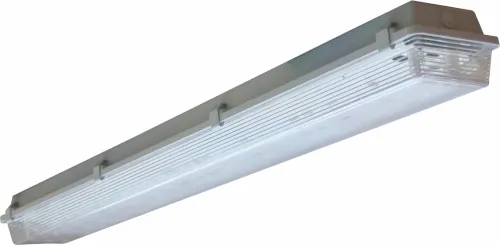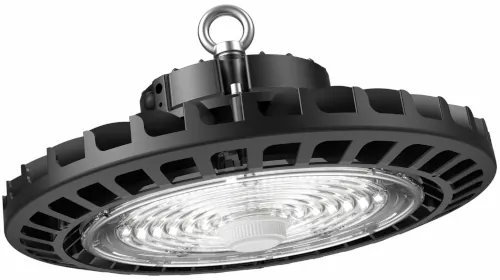The L-rating of an LED (Light Emitting Diode) refers to its expected lifetime or longevity under specific conditions. The L-rating is usually expressed in terms of hours of operation, and it is an important parameter to consider when designing LED-based lighting systems.
Temperature is one of the most significant factors that affect the L-rating of LEDs.
The L Rating is an extrapolation of degradation at differing temperatures to provide an expected life expectancy.
TM-21 is a testing method that is used to determine the lumen maintenance or lifespan of an LED lighting product. The test involves running the LED product for a certain number of hours, typically 6,000 to 10,000, and then measuring the light output to see how much it has degraded. Based on this data, a projection can be made for how long the LED product will last before it reaches a certain percentage of light loss, typically 30%. This information is important for manufacturers, designers, and end-users to make informed decisions about the reliability and maintenance requirements of LED lighting products.
Care should be taken reading data sheets...
The relationship between L-rating and temperature can be described by an inverse exponential function, commonly known as the Arrhenius equation. The Arrhenius equation is based on the principle that chemical reactions, such as the degradation of LED materials, are temperature-dependent and increase exponentially with temperature.
From the Arrhenius equation, we can see that the L-rating of an LED decreases exponentially with increasing temperature. For example, if an LED has an L-rating of 50,000 hours at a temperature of 25°C, its L-rating will decrease to 25,000 hours at a temperature of 45°C (assuming an activation energy of 0.7 eV).
It's important to note that the Arrhenius equation is a model and that the actual L-rating of an LED under specific temperature conditions may deviate from the predicted values due to other factors such as current, humidity, and voltage. Therefore, it's essential to conduct reliability tests to verify the L-rating of LEDs under specific operating conditions.
LED lifetime is rated in terms of the number of operating hours (or “L-Rating”) at which the LED reaches 70% (L70) of its initial light output. This is typically measured on LED lamps and is expressed in hours. The higher the rating, the longer the LED is expected to last before it needs to be replaced. Generally, most LED lamps and fixtures have a rated lifetime of 50,000 to 100,000 hours.
The L-rating is typically done at a specific temperature, such as 25°C. This is because the lifetime of an LED is affected by temperature, and the L-rating is intended to be a standardized measure of LED lifetime. As such, the L-rating is usually done at a specific temperature to ensure that the results are consistent and accurate.
Where ambient operating temperatures are higher than 25°C the lifetime of the LED will diminish at a rate faster than the L-rating prediction. In these instances, it is advisable to choose a luminaire with enhanced cooling systems.






